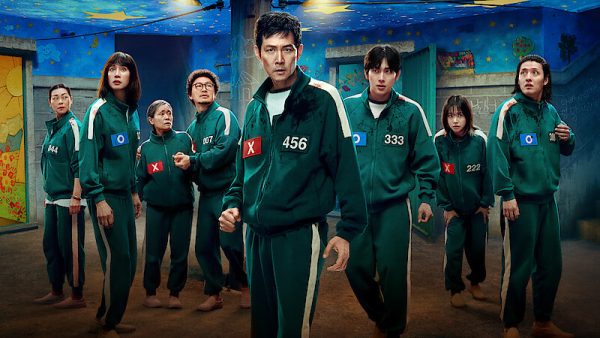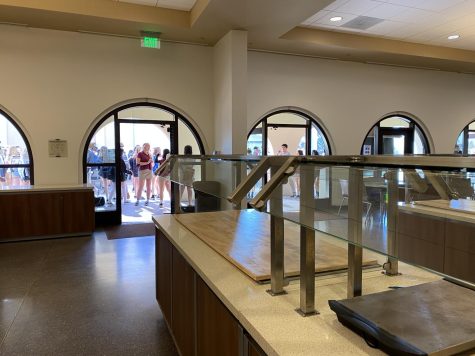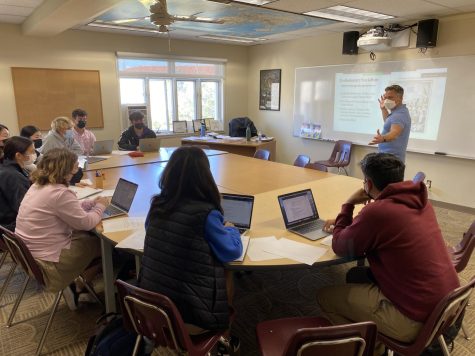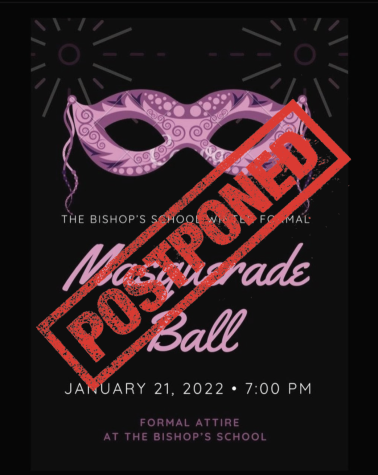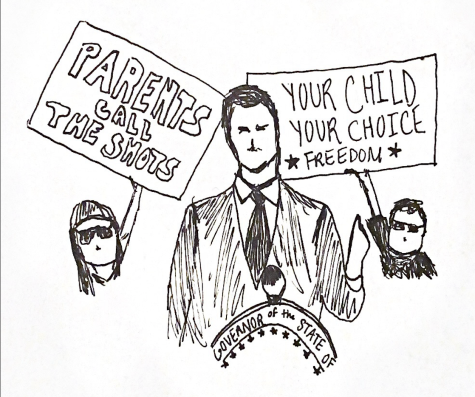How Are Performing Arts Classes Moving Online?
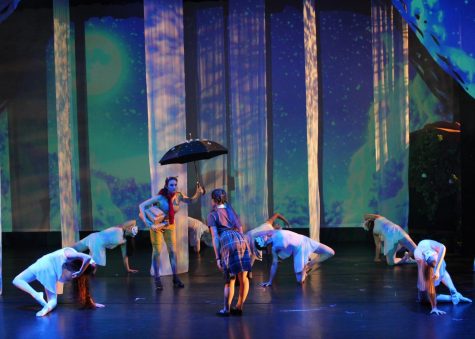
Most, if not all, classes will experience difficulties when transitioning from the classroom to the virtual setting. Science classes will struggle with working in the lab, Harkness discussions in humanities classes will be rocky for the first few days, and math classes will have to relearn how to present problems. On top of all this, performing arts classes will face additional challenges in this transition because classes such as dance and theatre tech are so dependent on the classroom.
So, how are classes preparing for this change? Dance classes will change drastically because, in general, it takes a large amount of space to run across-the-floor choreography. Additionally, trying to “zoom in” to a dance class would be a difficult task, although her “priority is to keep my students moving and dancing.” Dance and English teacher Ms. Cresence Birder’s, who teaches Studio Dance Group (SDG) ultimately decided on “a daily plan of warmups, improvisation exercises, and movement combinations that students can follow.” Ms. Birder also created choreography prompts for students to do at home and she has “tried to design her plans to be open-ended, so students can self direct and choose what they cover on a given day.” This transition to online learning in the space of just a few days is unprecedented, and teachers have been working incredibly hard over the past few days developing plans and working with the technology. However, Shirley Xu (‘23) who is in dance teacher Ms. Donna Cory’s section of SDG, remarked, “If we knew what we were doing, I would feel prepared. But we don’t.”
Theatre classes such as Mr. Nathan Emmons’s Theatre 1 class will be doing “limited projects online which they can share and modify together.” Mr. AJ Paulin’s Technical Theatre Production and Design class has also decided to take advantage of being online to do a unit on sound. The project–recording and editing a radio play–was perfect for virtual learning because students had access to the necessary software at home. Ms. Jean Moroney’s Costume Design class is in a similar predicament to Mr. Paulin’s class, as her class is highly dependent on the supplies that Ms. Moroney has in her classroom such as sewing machines and fabrics, but she sent home projects and kits with the students. She acknowledges that not everyone has access to sewing machines, so she sent home alternative projects including knitting kits, fabric study kits and hand stitch kits. Her motto going forwards? “Maintain a sense of humor and see how it all goes.”
Finally, for choir classes like Bishop’s Singers, Director of Choral Music Dr. Christine Micu has had to deal with the challenge of rehearsing an ensemble on Zoom. On their first day of classes, students sang warm up together, but on mute as Dr. Micu played the piano for them. Then, they decided which songs they would be practicing and they went over some sight reading assignments. Ultimately, the choir hopes to be able to do a “virtual ensemble” by piecing together their individual parts with GarageBand. Audrey An (‘23), a member of Bel Canto– the women’s choir– noted “I think it’s going to be super difficult to practice our ensemble skills, because we obviously can’t sing via online meetings, so this will be a struggle that we have to find ways to overcome.”

Kasie Leung is a freshman staff writer for The Tower. When not writing manifesto-length articles, you can find her in Gilman-32 spending ungodly amounts...


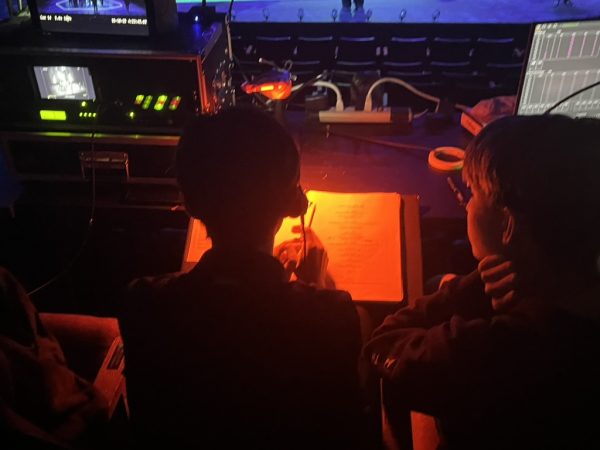
![Jackson Weisser (‘26), who played the title role of Beowulf, explained, “This adaptation specifically portrays Beowulf as having selfless motivations for a lot of his actions, and I think that's really powerful. Being more so a good person than a super physically intimidating person needing to fight all the time, is what I [want the audience to take away] from my performance of the character.”](https://thebishopstower.com/wp-content/uploads/2025/10/Beowolf26_047-400x600.jpg)
![Leia (‘30) and Sara Park (‘32) ended their combative performance with a yell known as a kiyap. Leia explained with a proud smile, “I realized this when I was little, but not many people see taekwondo every day. For me, it’s a daily occurrence, so it feels very normal…when I do [a performance] in public, everyone’s like ‘Wow, that’s really cool’. So it always reminds me how this isn’t a normal thing in other people’s lives and I think it’s really cool that I can share that.”](https://thebishopstower.com/wp-content/uploads/2025/10/Screenshot-2025-10-02-at-2.07.47-PM-600x583.png)
